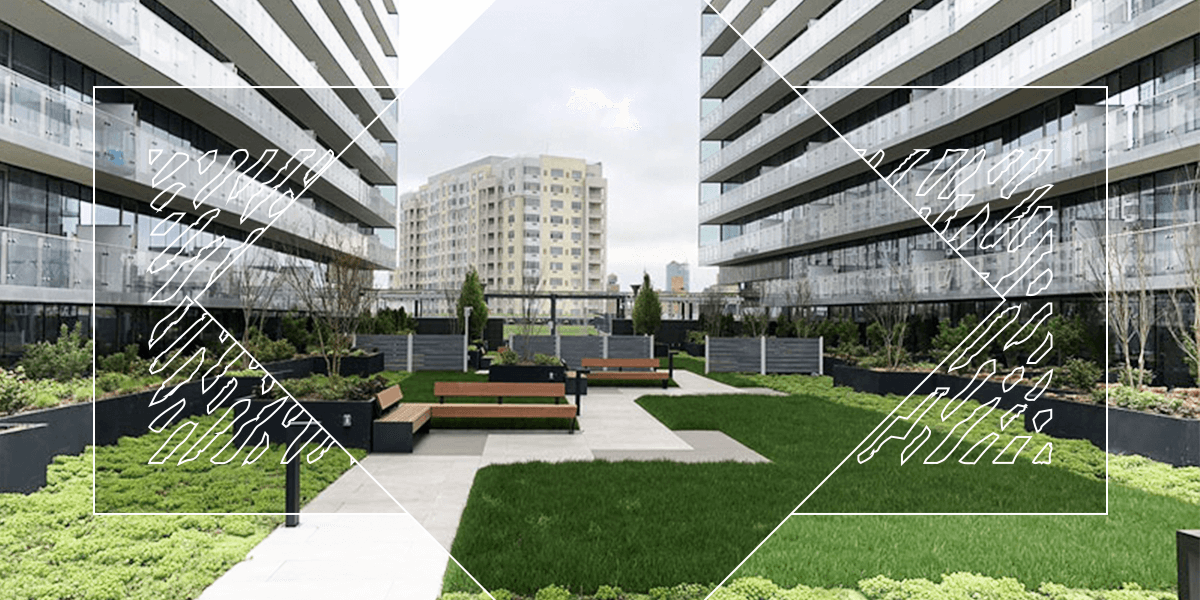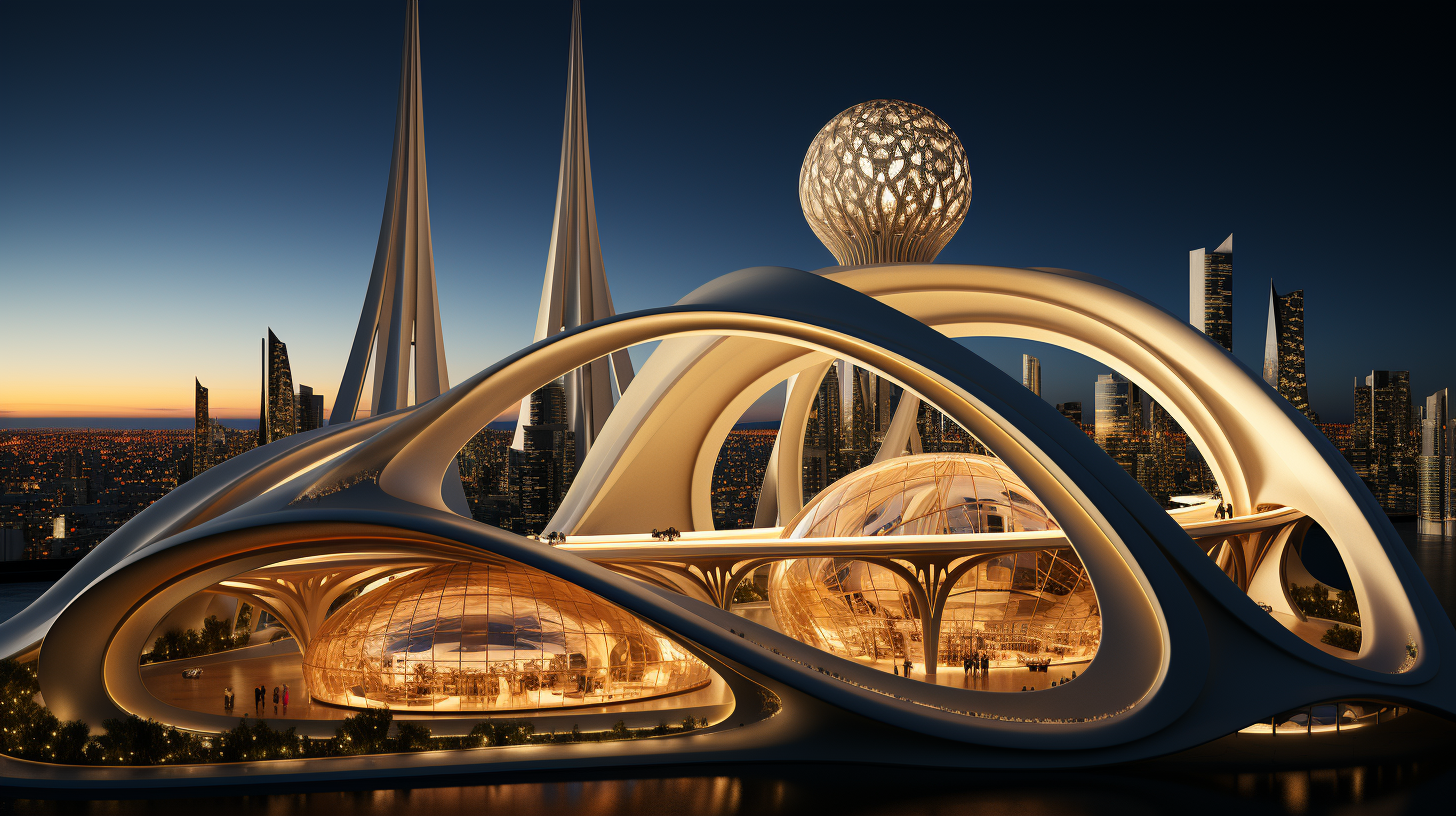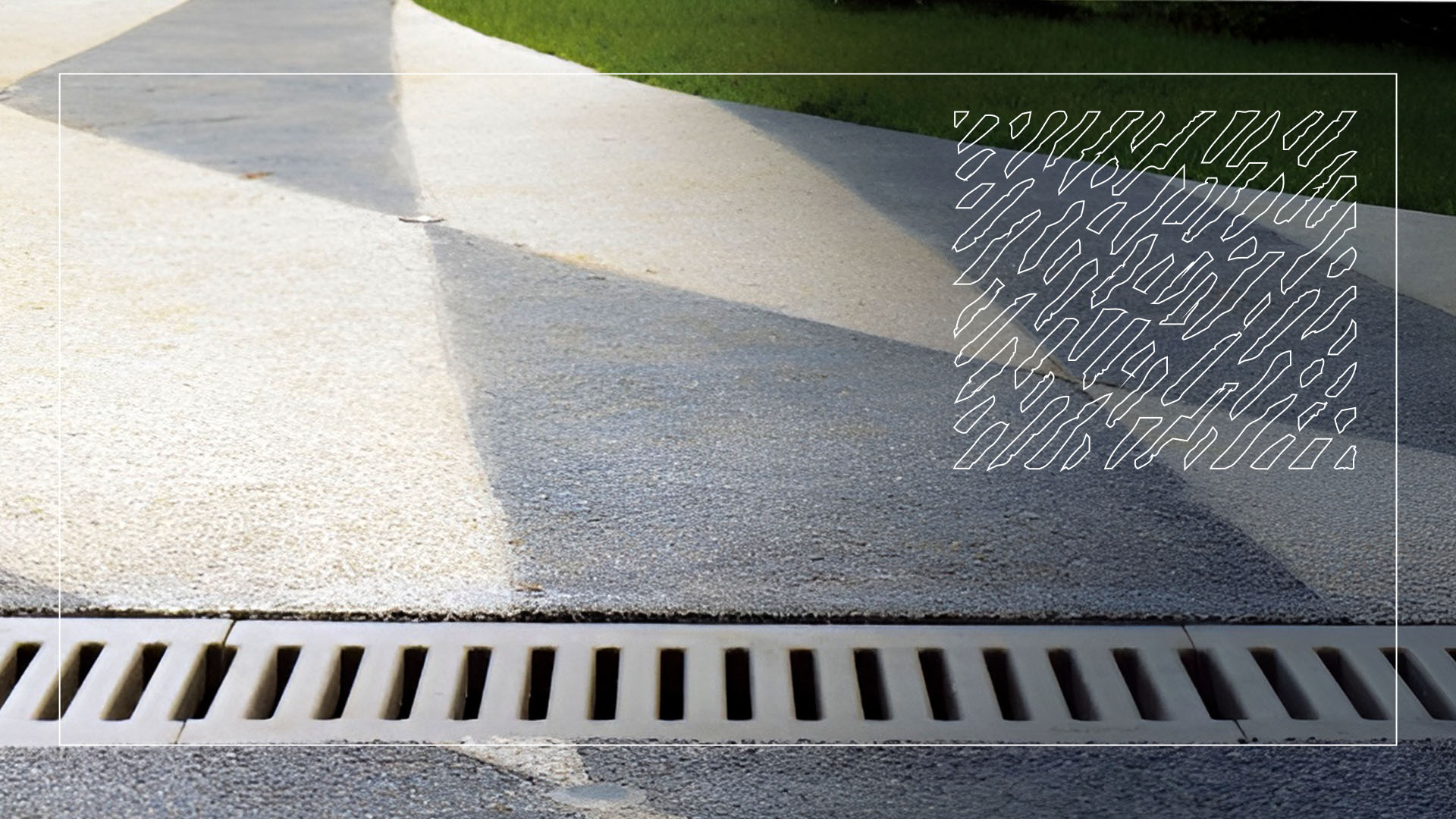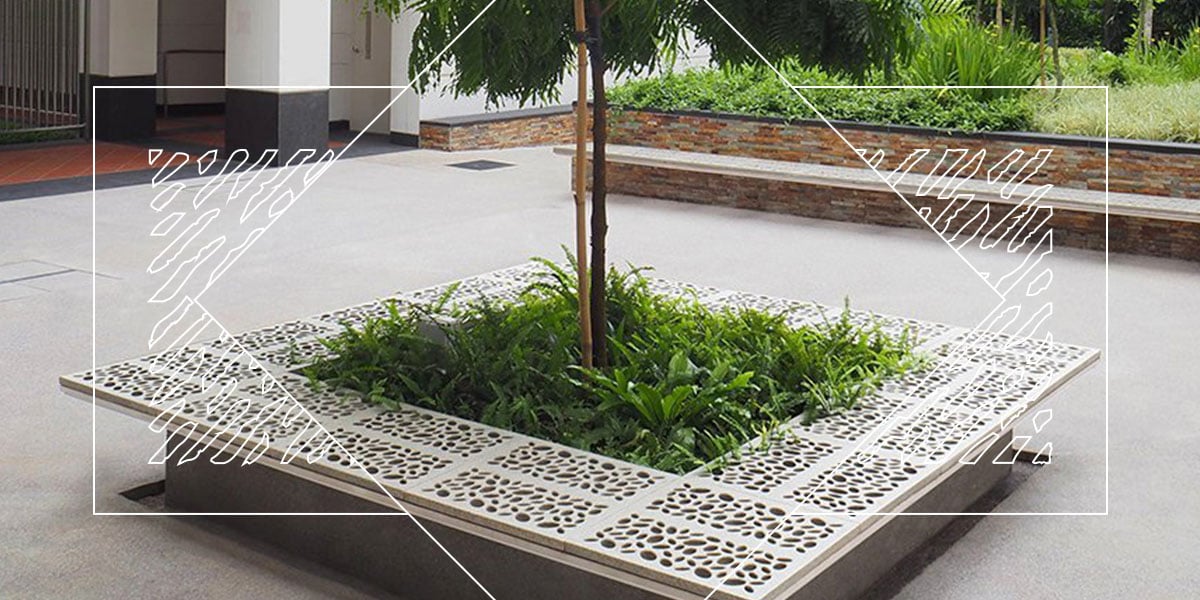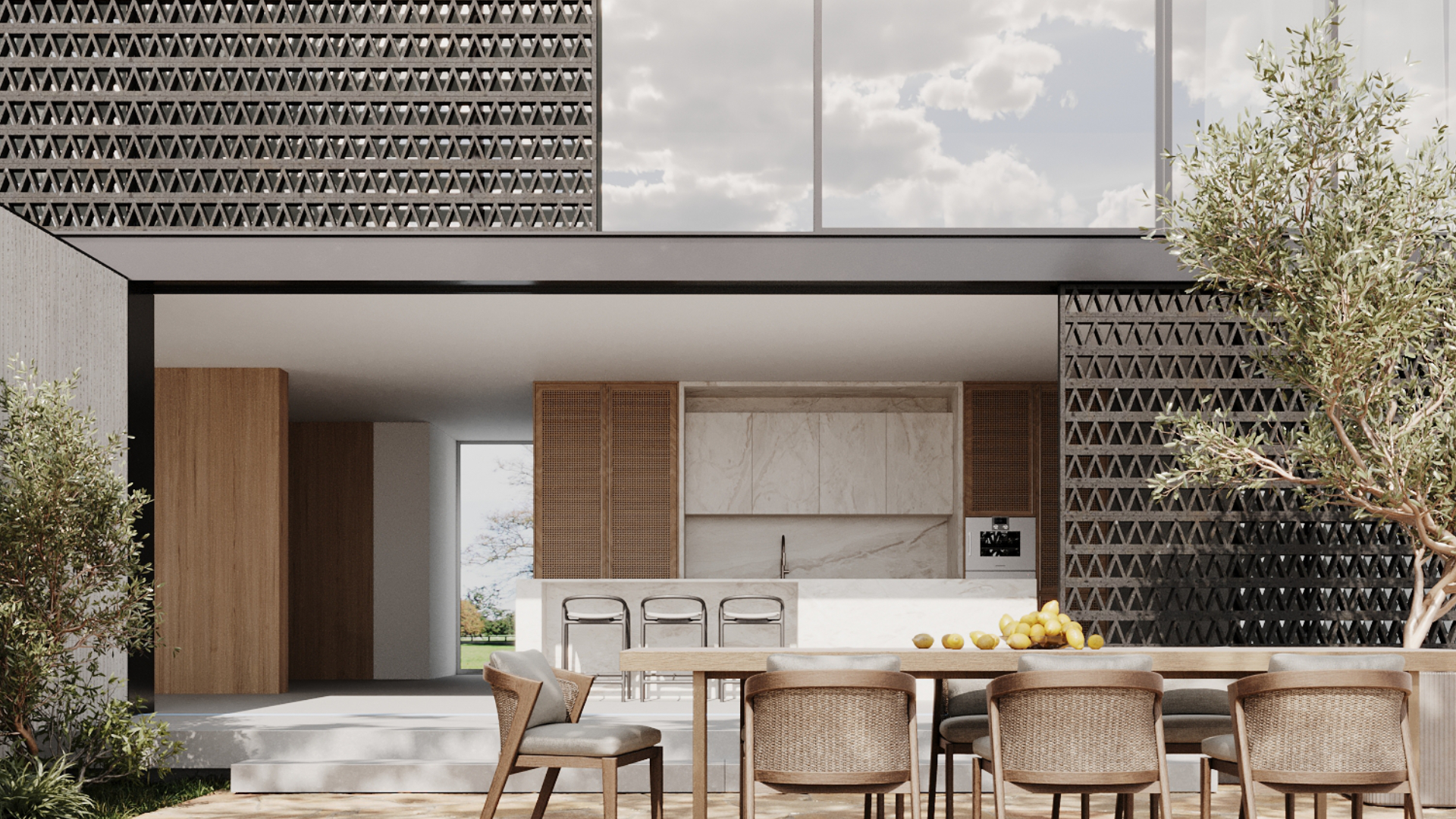Ever looked at trees planted along city pathways and thought: why are they here and not in a forest? Well, with global warming become more prominent and the world population growing, those few trees in cities might be the temporary solution to many problems to come.
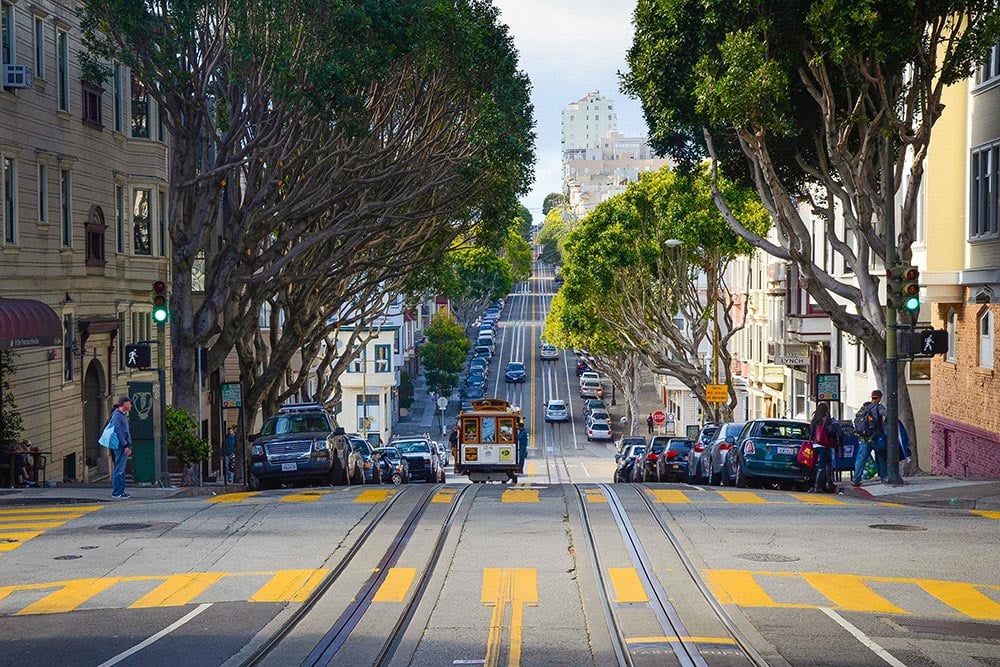 Trees lining a road
Trees lining a road
The ticking time bomb
With half of the world's population staying in urban districts and the numbers increasing, municipal districts are running out of space and resources to supply the rowing user needs. More natural environments are cleared, making way for more pedestrian pathways or accommodate new buildings and amenities, to match the rising human traffic demand.
In turn, heat build-up becomes more prevalent as pavings and surrounding architecture absorb and reflect heat from the sun back into the air. With a lack of greenery to counter this, urban areas soon might turn into dry saunas for those who spend their lives in the area.
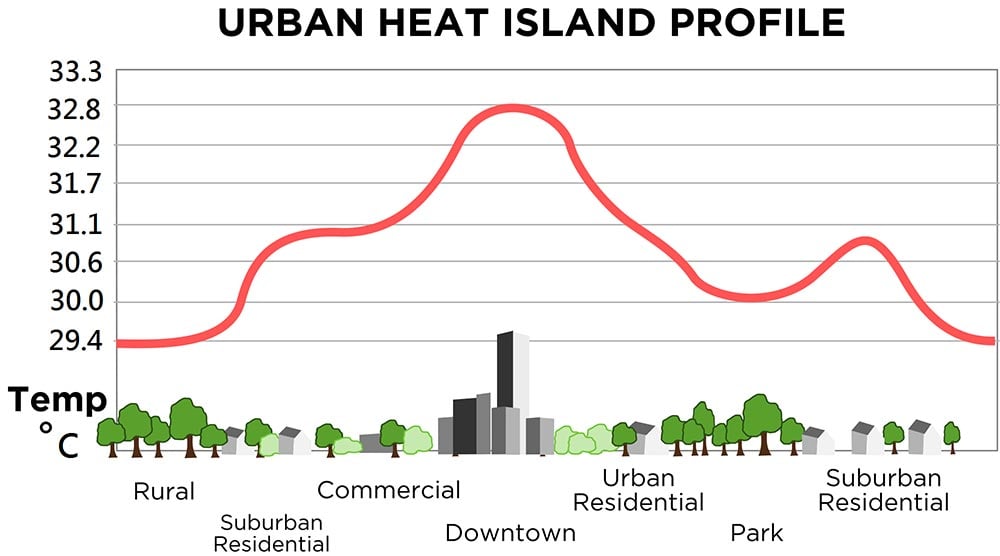 A graph showing the 'Urban Heat Island' effect
A graph showing the 'Urban Heat Island' effect
Signs of rising urban temperatures (known as urban heat island) are present through many more frequent heat waves, dry spell seasons, and heat-related around the world. How would planting trees in urban districts, while not a sound solution, can help to derail the climate problems brought to cities and even its people?
The trees that protect.
Stating the obvious, adding trees and more natural spaces provides that bit more vibrancy to the urban districts and landscape. The natural aesthetics and color of trees and greenery, especially trees that change over the seasons gives that extra unique aesthetic to urban spaces. Psychologically wise, it also creates a sense of calm, which is pretty essential for people in a fast-paced working setting of today.
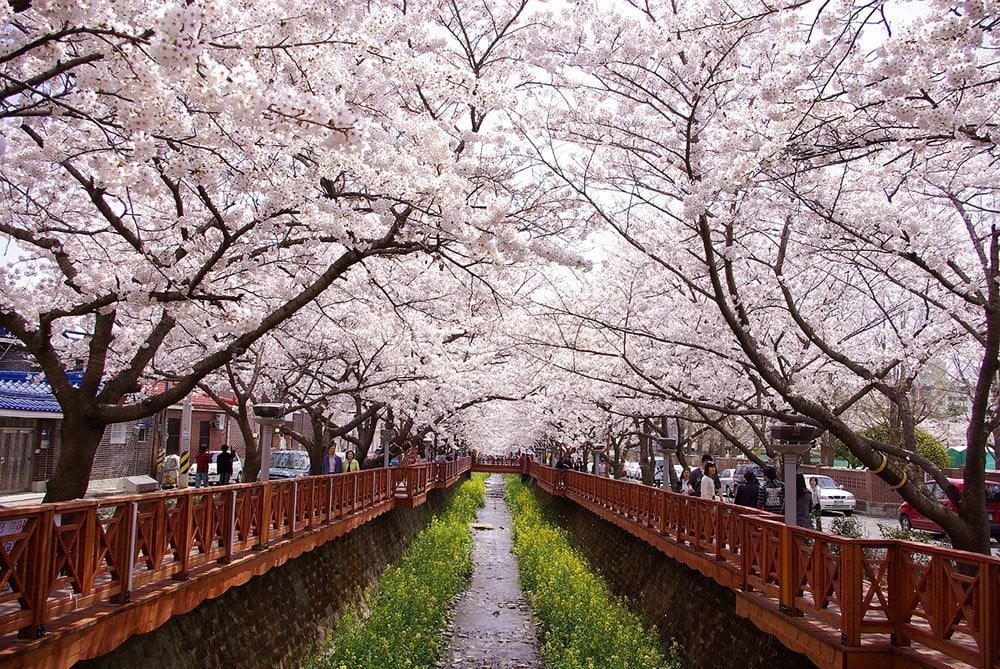 The seasonal cherry blossom trees blooming
The seasonal cherry blossom trees blooming
With careful placement of trees, the urban district could say goodbye to hot sunny days, maybe not entirely. Research has shown that trees in urban areas can reduce temperatures by 2°C. The better planned and placed the trees are, the higher the temperature reduction we can get.
Trees could also serve as air purifiers, trapping almost 150kg of CO2 per year within their trunk, along with many harmful air pollutants and particles. Imagine, if a city full of vehicle traffic or haze had some trees around, that small cluster could be a significant lifesaver for the city dwellers. At the same time, more cost-effective than most other means of reducing CO2 emissions in the air.
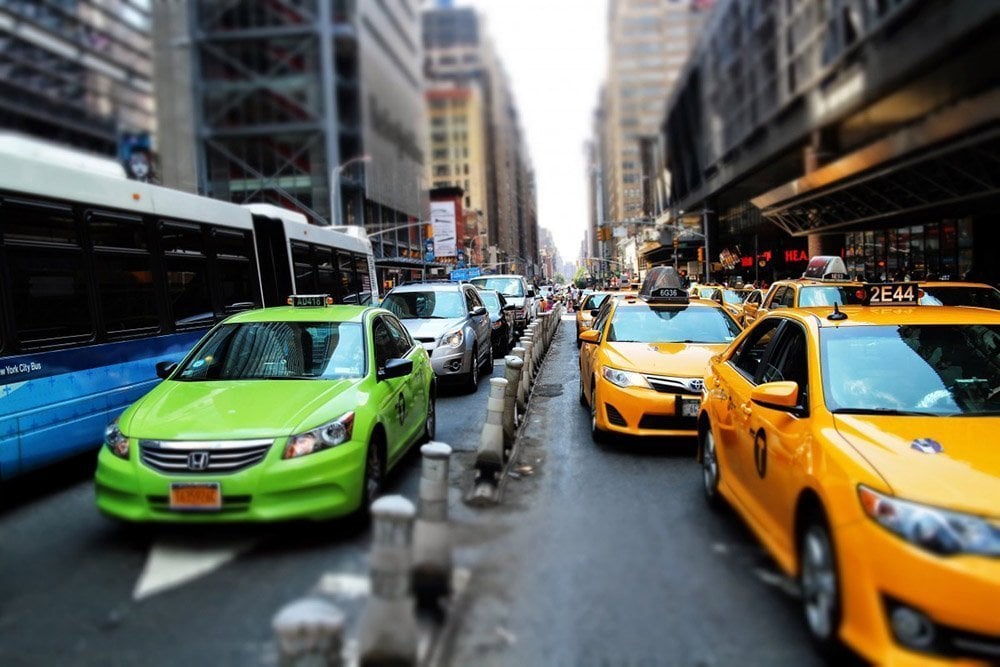 Taxis packed in an NYC road.
Taxis packed in an NYC road.
If flooding after rain is a concern, trees, aided with well-planned drainage, could be like big water tanks. On average, trees have been known to take in 15000 liters & more of rainwater runoffs a year. For scale, 15000 liters is enough to fill a water tank as tall as a human, that's how much water a single tree could collect per year! That is as good as a free tree watering service whenever it rains. Bundled with good drainage layout in the city and floods within urban areas are going to be a thing of the past.
Now to the people, what other benefits, aside from cleaner air, can the urban dwellers reap? Well, for one, physical and mental well being are uplifted with more greenery around cities. Extra shade and less heat from the sun on a hot day are an obvious benefit. However, trees and greenery, in general, have been proven to create a pleasing and less stressful environment, an excellent stimulus to relax before or after a long day's work. Noise pollution reduction is a plus with trees being able to buffer urban noise from the environment, allowing for a less noisy urban district.
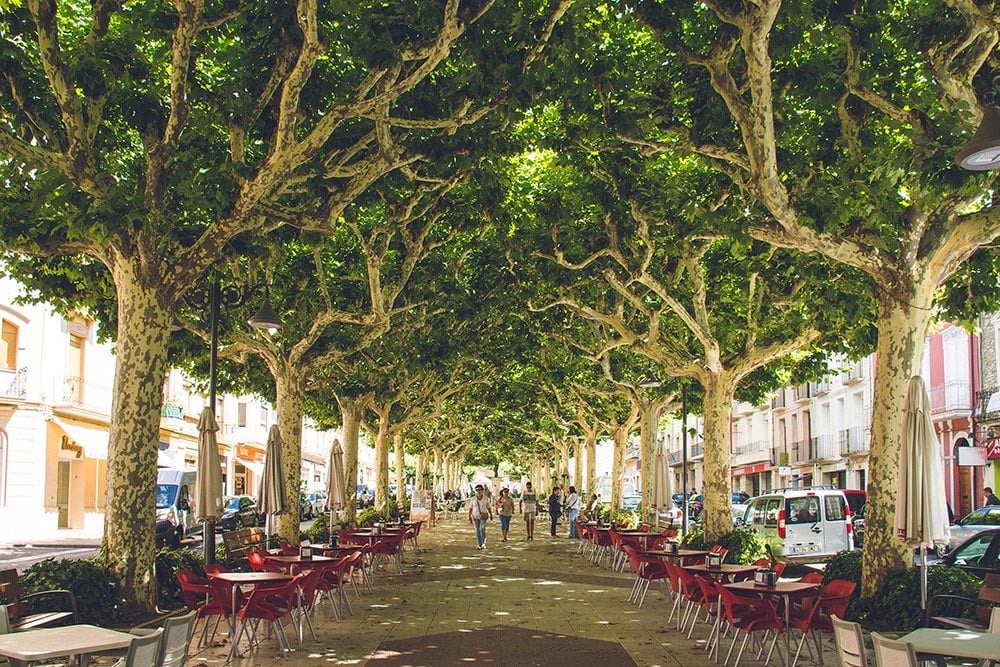 A cafe making use of the trees to shade the guests
A cafe making use of the trees to shade the guests
Small animals and fauna are also able to make use of the tree habitat to grow, bringing more biodiversity to the urban district. Coming as a surprise, having trees in urban areas can also help to save costs. As trees provide chiller temperatures, reduced flood chances, aesthetics add-on, and reduction of heat or air pollution-related illnesses.
Spendings decrease in energy for cooling, public health, and environment maintenance. With a higher value on properties near trees and more tourists sightseeing the changing urban districts from the trees and greenery, cities could be looking at huge savings and gains through these factors.
 A pair of tourists planning a trip
A pair of tourists planning a trip
A worthwhile investment?
While planting and maintaining trees in urban areas may seem time-consuming or not worth spending money on, the end outcomes and benefits gained are way more worth it. A whole range of various products and solutions are available to provide trees the adequate space and resources to grow. At the same time, not affect surrounding activities or pedestrian spaces, such as tree grates, paver blocks, and permeable pavements, to name a few. If more trees are planted and preserved in urban areas, many more new benefits may arise, both for us urban dwellers and the global condition as well.




